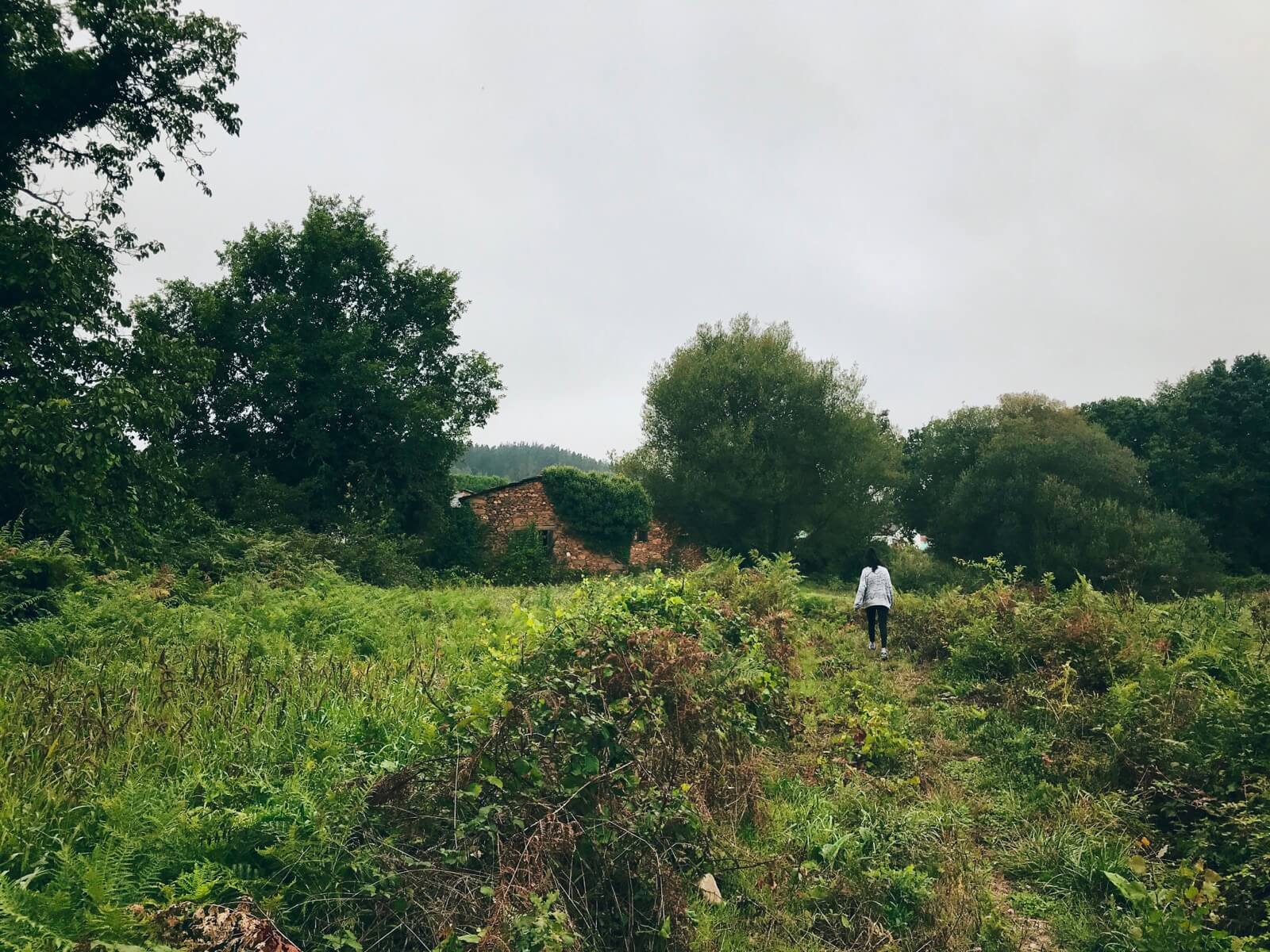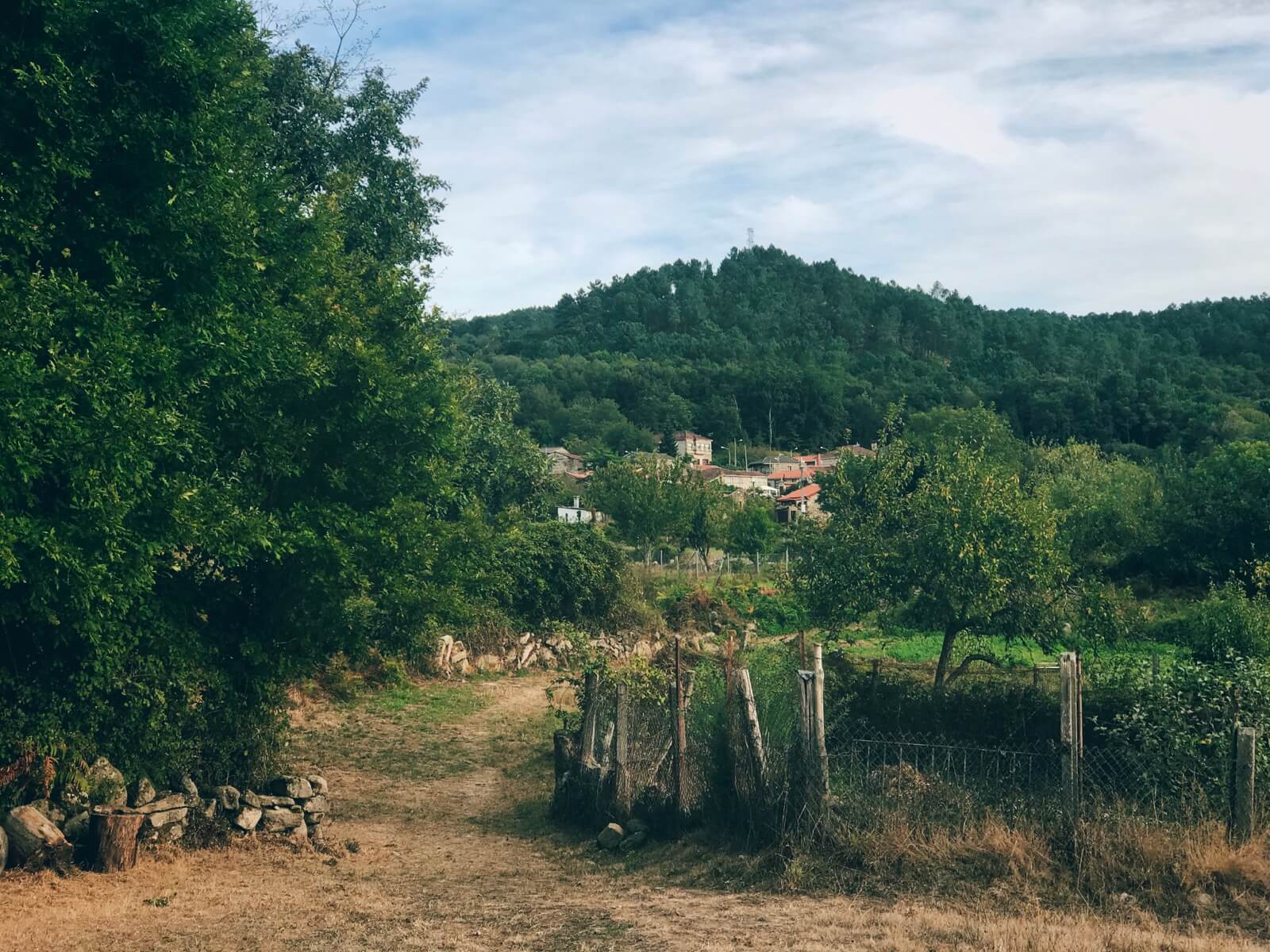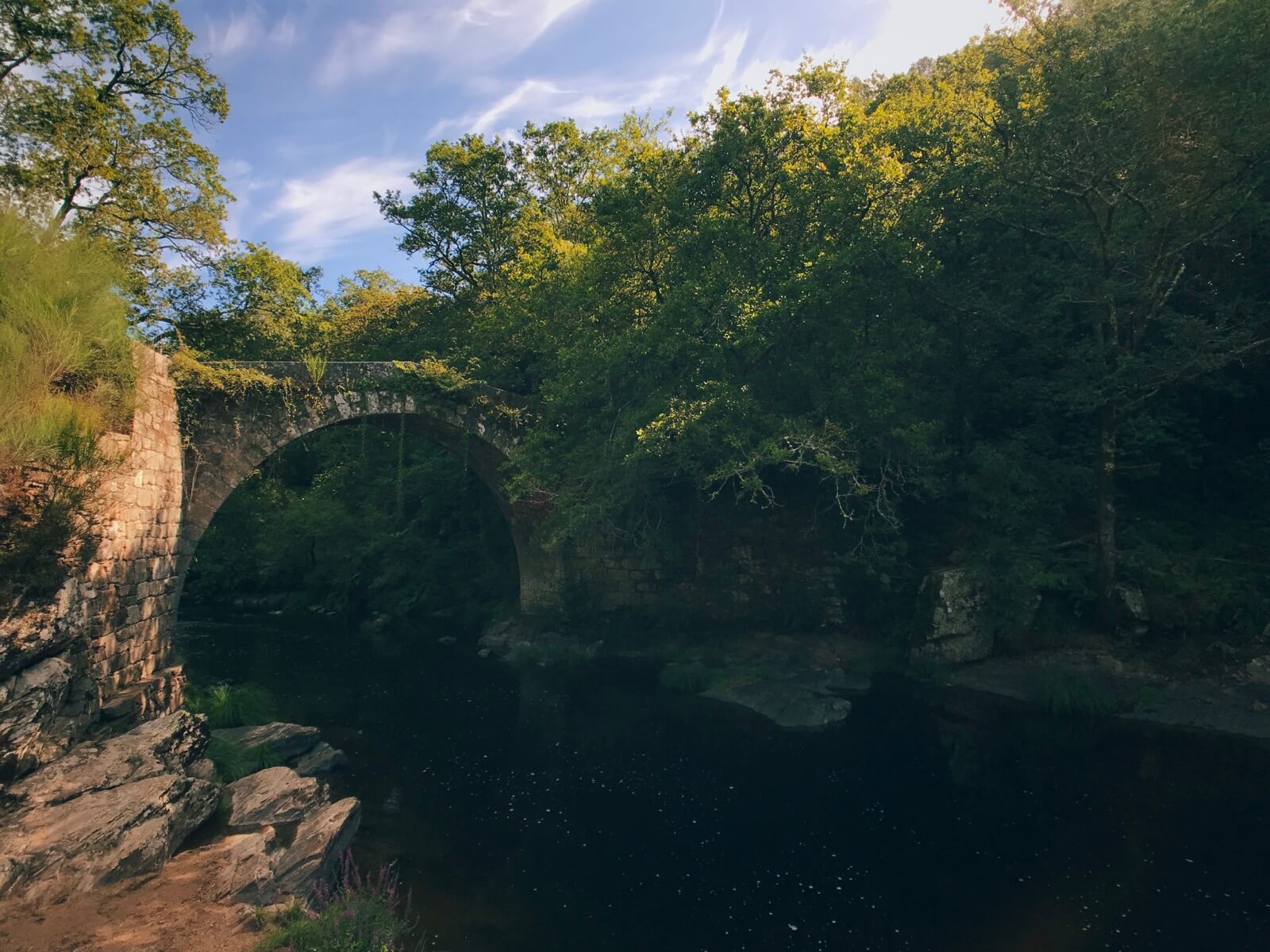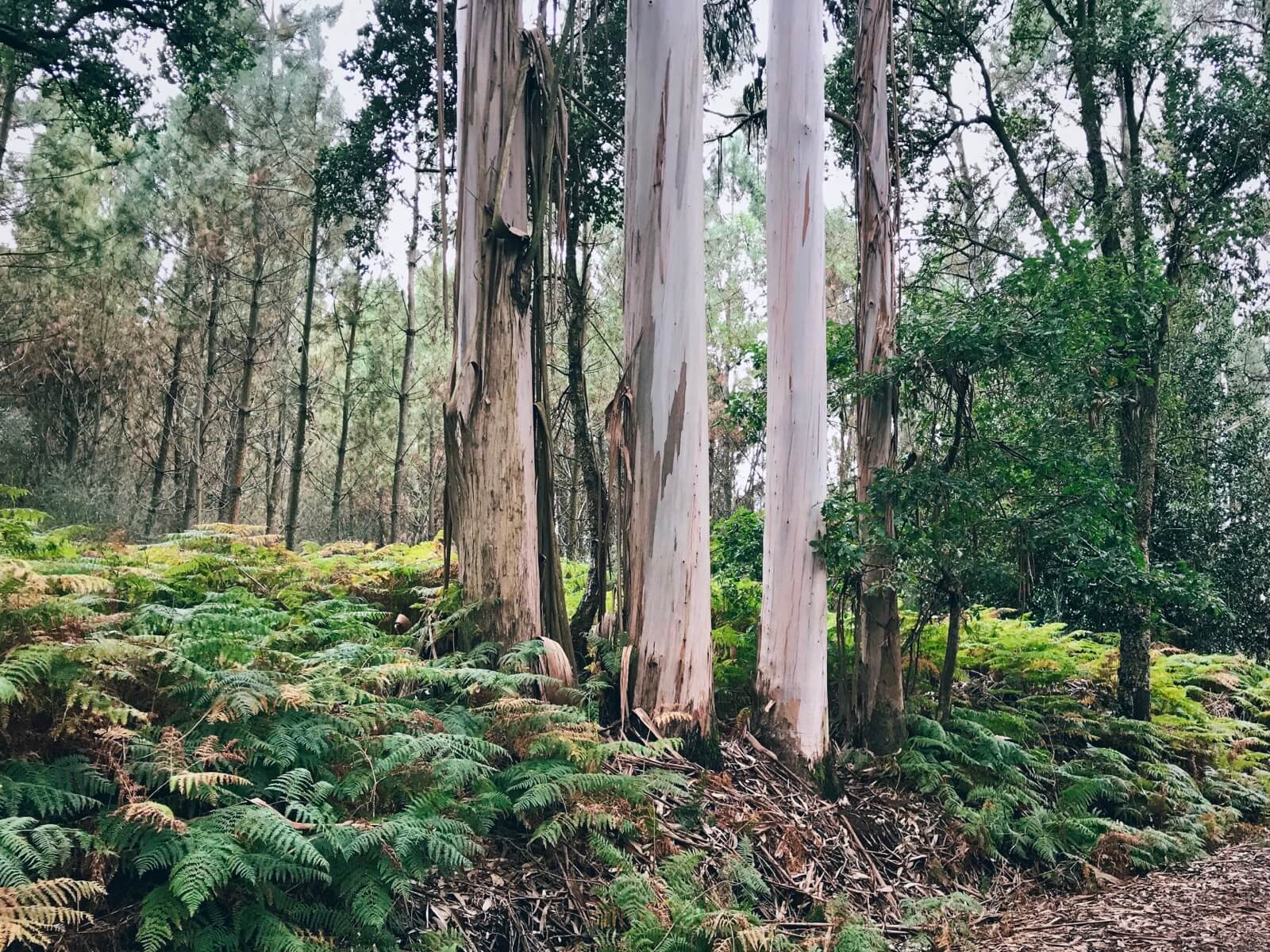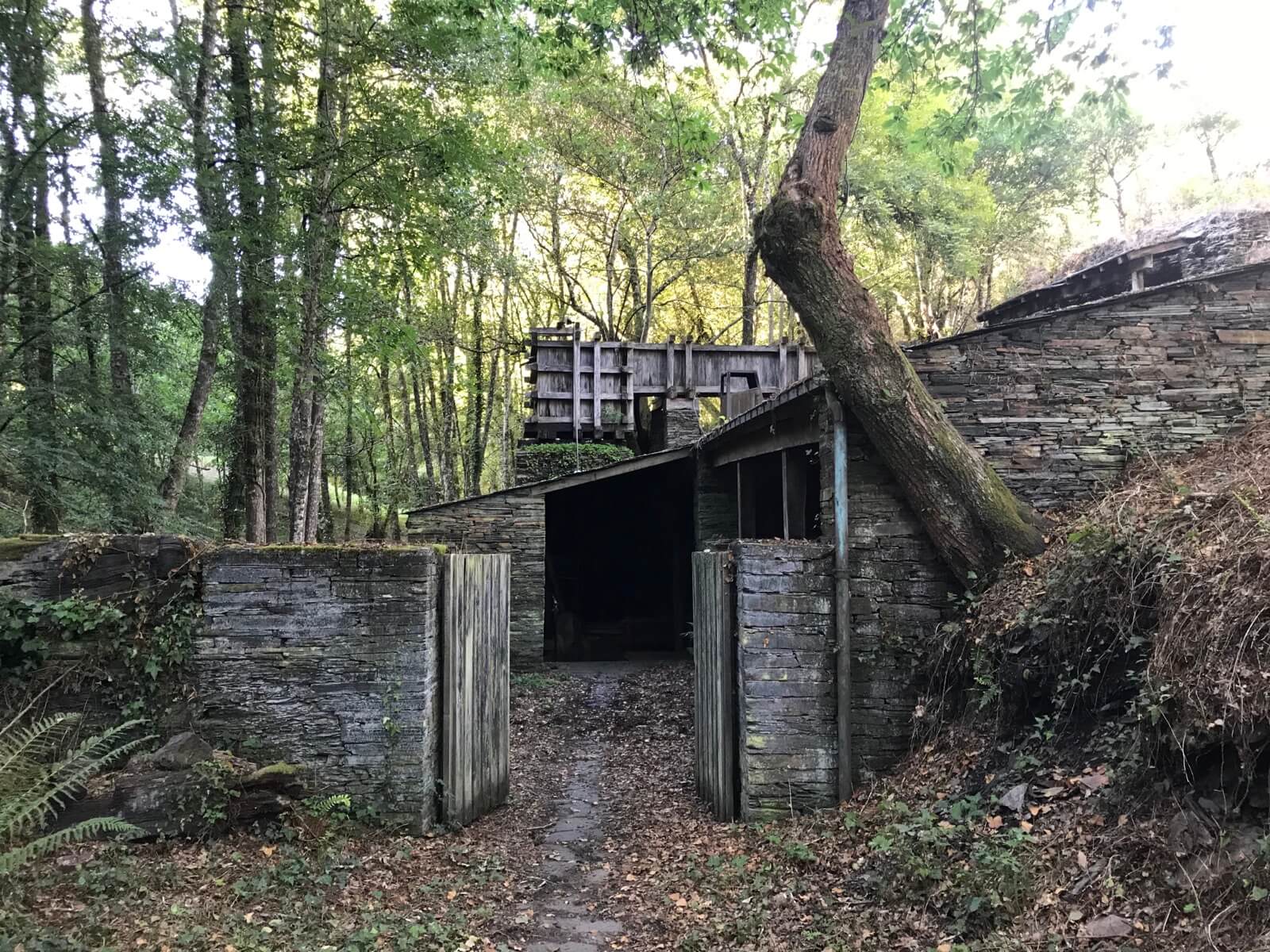
I’m becoming an expert of the towns in southern Lugo. Silleda, Melide, Bóveda, Pantón, Sarria, Láncara, O Incio. But before we left a week ago to celebrate Patricia’s mother’s birthday, we thought we were going to A Coruña to visit Fragas do Eume, or perhaps some of the province’s incredible beaches and forget about fincas and casas rústicas.
Nature had a different plan for us, however. The tropical storm Kyle came, producing an almost ciclogénesis explosiva. Next, we thought of heading east towards the Navia Valley in Asturias (which Galicians consider as part of Galicia or Galicia estremeira) but short on time and in a different mood, we decided to stay closer to the area between Sarria and Monforte de Lemos.
After a day or so around Silleda and Melide, and learning about marian apparitions, their inspired movements, and seeing el Santuario de la Saleta, we started visiting some of our favorites from idealista, the zillow/Redfin of Iberia.
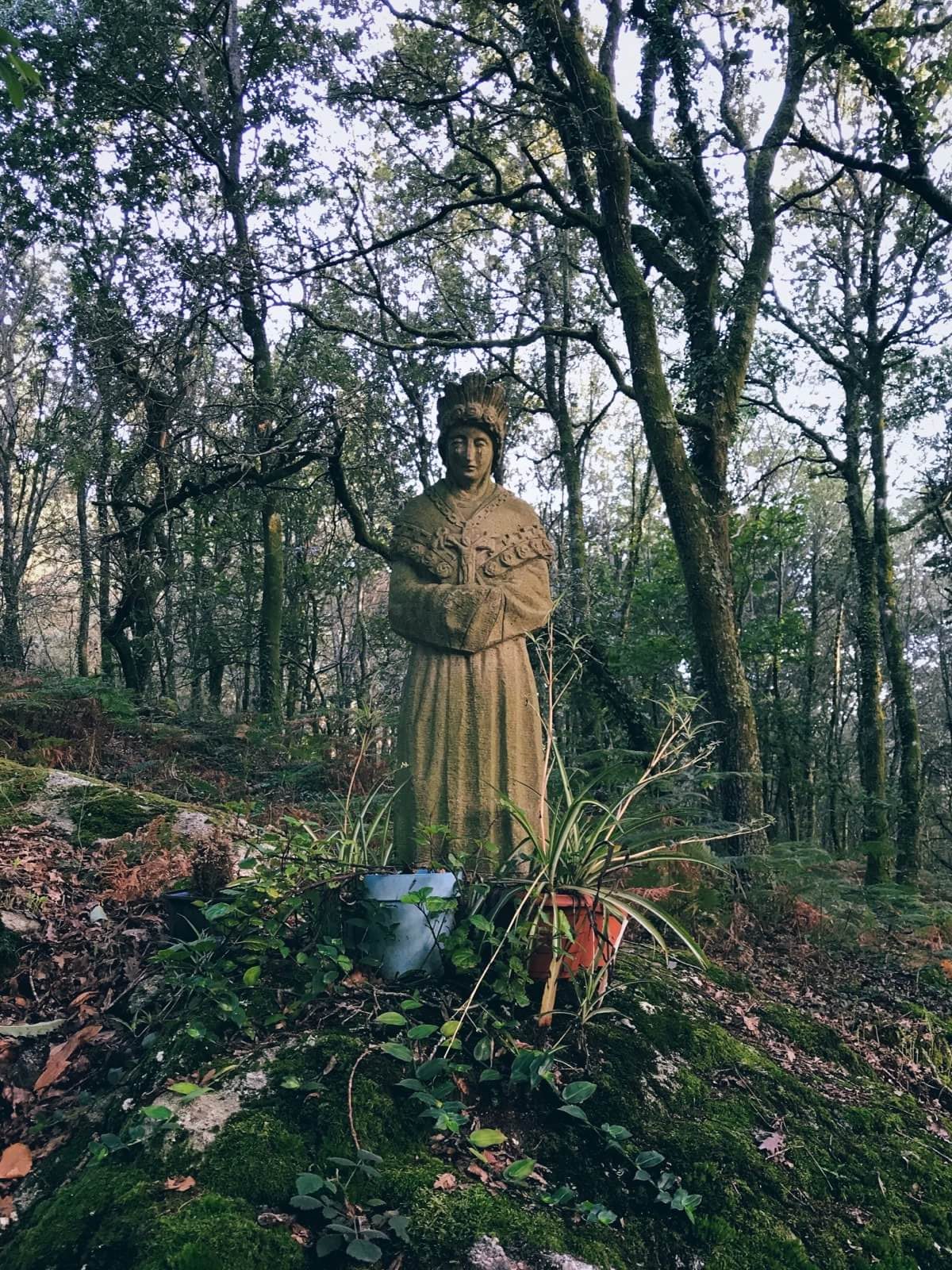
And as probably anyone who has been in a position to buy land or a house can tell you, it is not a walk in the park.
There have been a few places, affordable for us to in need of lots of time and work to make them habitable, with their different and respective pros and cons.
- In Ver, Bóveda, we discovered a mini-oasis next to el río Mao, a parcel that was so fertile from the wells that it was like a fairytale. On higher land, there was complex of stone structures, a small workshop, an attached narrow stone house with an incredible veranda, and a huge traditional casa grande that was a bat guano factory. The owner’s father lives up the hill, in a sixth-generation Galician ironworks and casa rural that he inherited. After a tour and a nice conversation with him and his wife, we returned to camp on the property. But my love is a notorious mosquito magnet and we had to flee in the evening, back to Vilasouto reservoir in O Incio.
- In a small aldea close to Oural and Sarria, we returned to see a house we’ve been thinking about for a month or so; an old stone house with an attached brick barn that could be transformed into a very open floor plan with lots of natural light, enough land to create a rural tourism/workshop space, a small lake, and a grove of castaña, apple, and pear trees. Coincidentally, we met the owners taking a day to weed the area.
- After Patricia’s macramé workshop in O Garaxe and one shower in the last week or so, we drove south, back to Ourense, to enjoy our own bed and kitchen. But not before momentarily stopping in a small village near Pantón. We’ve been around here before. Perhaps it was the light, a little after golden hour, or the road we were on. But the meadows and forests became enchanted and we saw the area with much different eyes than previously. As we followed Google Maps to a house in which the owner and I had been in contact for a few weeks, we met the neighbor, a woman who was actually born in that house. In the meadow in front of the house were horses and llamas, a nice reminder of Peru en plena Galicia.
While all of these were special in their own way, we’ve also talked to owners and neighbors who have different pieces of advice for us; don’t restore, it’s a money pit, build something new, etc. All of which is great advice but produces a headache and a feeling of vertigo in the beginning of this process.
Whatever happens, it will be a long process. But one advantage of this impromptu trip was solidifying our search area. Now, it’s time to talk to an expert in bio-construction, as we continue to dream of an ecological, and economical, project.
